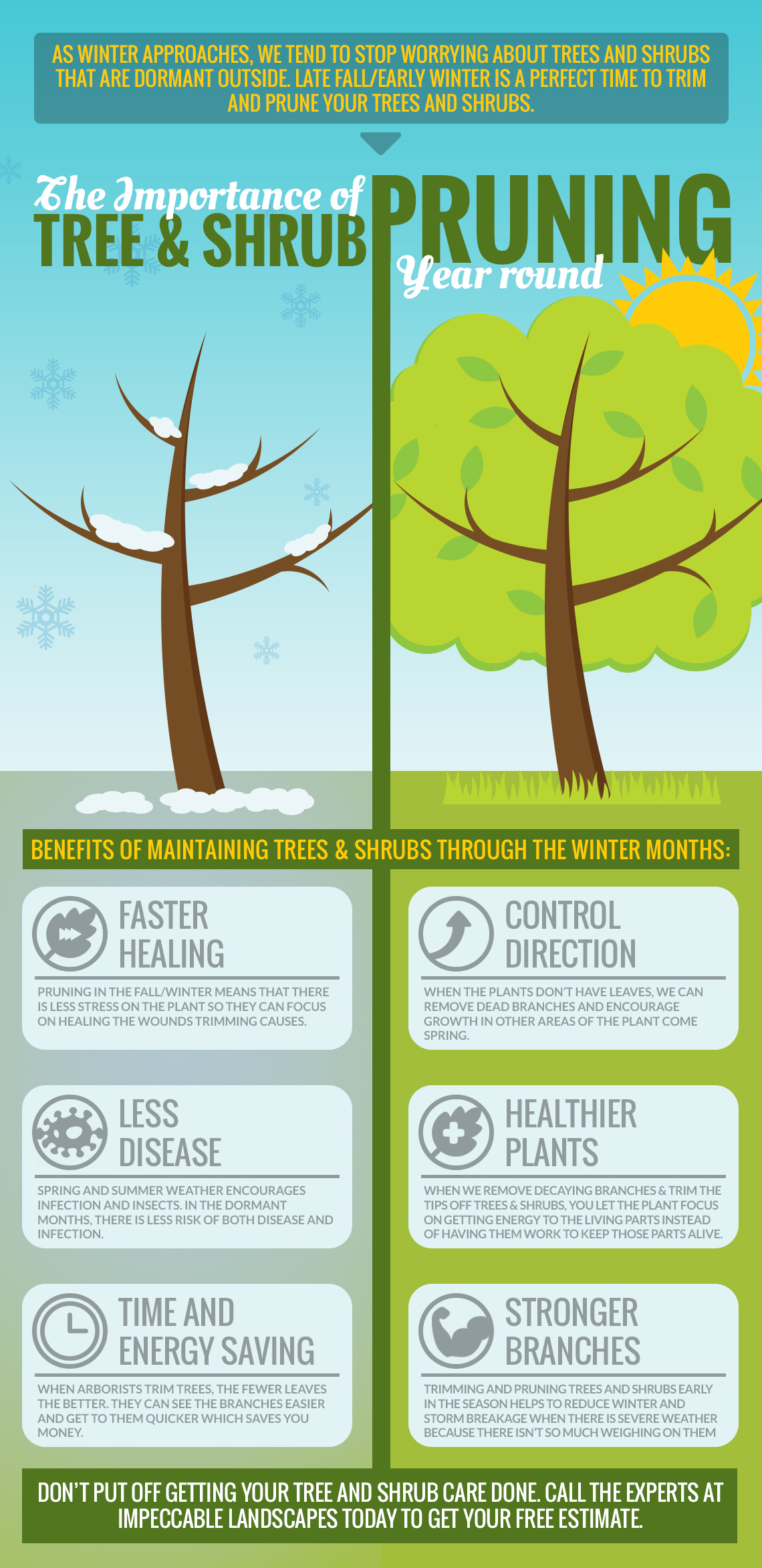Determine Vital Signals That May Recommend Your Tree Is Dangerous; Comprehending These Can Help Ensure The Safety And Security Of Your Building And Liked Ones.What Should You Observe Next?
Determine Vital Signals That May Recommend Your Tree Is Dangerous; Comprehending These Can Help Ensure The Safety And Security Of Your Building And Liked Ones.What Should You Observe Next?
Blog Article
Write-Up Writer-Troelsen Malling
When it pertains to tree care, acknowledging the indicators that it's time for elimination is necessary for your security and residential property. You may see stained fallen leaves, wilting branches, or odd fungal growths suggesting illness. Architectural problems, like a considerable lean or fractures in the trunk, can additionally posture risks. Comprehending these warning signs can help you make educated choices concerning your trees and avoid prospective dangers lurking in your lawn. What should you try to find next?
Indicators of Decay and Illness
When you observe indications of decay and disease in your trees, it's important to act swiftly. Try to find blemished leaves, wilting branches, or unusual developments like fungus. These can suggest that your tree is battling.
If you see splits in the bark or soft, mushy wood, these symptoms recommend interior degeneration. Furthermore, an abrupt boost in bugs around your tree can signify that it's weakened and vulnerable.
Check for please click the following article of dead or dying arm or legs, as they posture a threat to your residential property and safety. If you doubt about what you see, consulting an arborist can offer clearness.
Dealing with these indications early can conserve you from a lot more comprehensive damage and ensure the health of your lawn. Do not wait till it's too late.
Structural Instability and Leaning
As you observe your trees, watch out for any indicators of architectural instability or leaning. If a tree leans considerably, it may indicate that the origin system is compromised.
Search for any type of fractures in the trunk or soil around the base; these can signify prospective failing. In addition, look for uncommon growth patterns, like a lopsided crown, which might suggest that the tree is struggling to hold itself upright.
If you discover that the tree leans toward your home, power lines, or other frameworks, it positions a higher danger. Do not neglect these signs-- speak with an arborist to evaluate the circumstance.
Acting early can prevent expensive damage and guarantee your security.
Dead or Perishing Branches and Foliage
If you discover dead or dying branches and foliage on your tree, it's a clear indicator that something's incorrect.
These unhealthy locations can show underlying concerns like disease, parasite infestations, or environmental tension. When branches shed their leaves or transform brownish, they're no longer adding to the tree's wellness. Ignoring these indications could lead to more decrease, making your tree extra unsafe.
Dead branches can conveniently break short throughout storms, presenting a danger to property and people close by. It's important to examine the degree of the damage.
If the problem impacts a substantial part of the tree, think about getting in touch with an expert. They can assist establish if removal is required to guarantee safety and security and maintain the beauty of your landscape.
Final thought
If you discover any signs of degeneration, structural instability, or dead branches on your trees, don't disregard them. These signs can position serious security risks to you and your home. It's always best to get in touch with a professional arborist that can provide a professional evaluation of your trees. Acting early can avoid accidents and pricey damage, ensuring your landscape stays risk-free and healthy. Remember, just click the next web site to be proactive about tree care than to wait on a calamity to occur.
